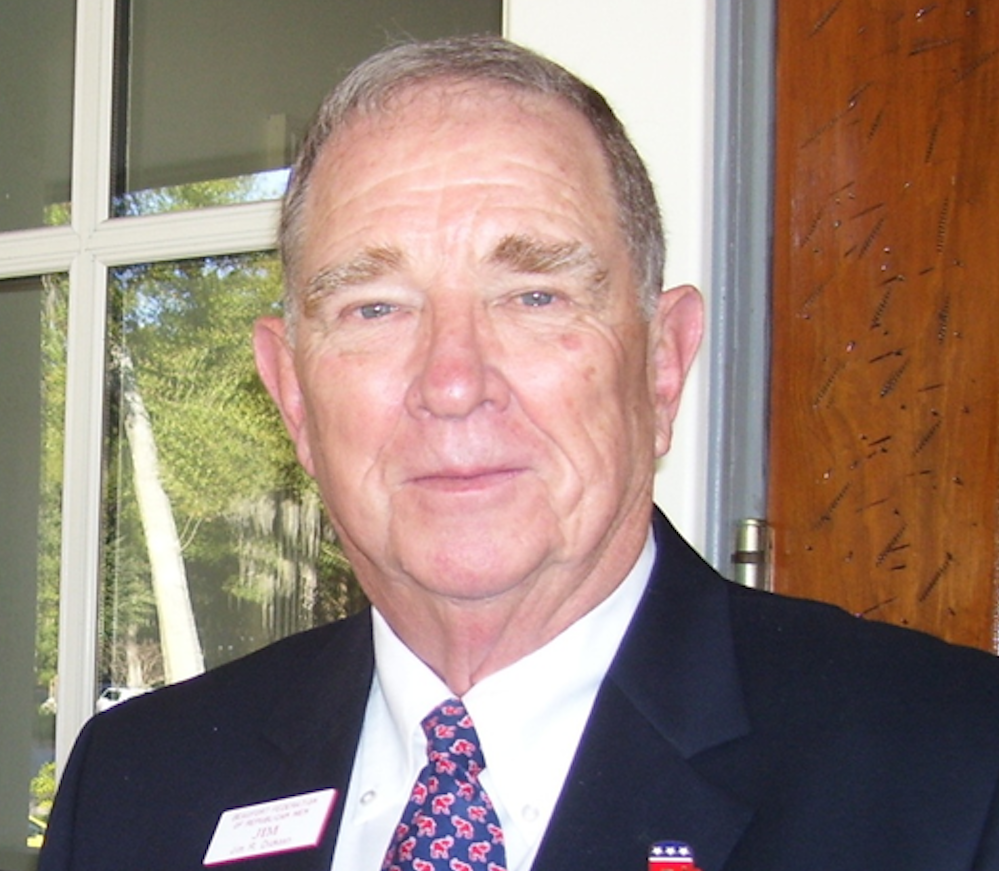Lowcountry comes together to help animals
Palmetto Animal League was put to the test on Oct. 7 when Hurricane Matthew came swirling into town.
PAL was extremely fortunate. Our building is rated to withstand a Category 3 hurricane, and luckily power was only out for one day. Our “home team” stayed at the Adoption Center with roughly half of the pets, while our “away team” evacuated over 100 animals to Aiken.
One day after the evacuation order was lifted, the American Humane Association’s Red Star unit set up a base of operations in PAL’s parking lot. Together, American Humane and the National Veterinary Response Team distributed thousands of pounds of pet food and cat litter and provided veterinary care to those in need.
A few days later Kroger kindly donated 8,000 pounds of pet food for PAL to distribute.
Dr. Rodell Lawrence, executive director of the Penn Center, allowed us to give out the supplies from their location on St. Helena Island.
Tom Curry, of Lowcountry Paver, relocated the Kroger trailer stocked with pet food, and Teresa Forrest, of Forrest Concrete, sent a pallet jack to unload the supplies. Local media outlets helped spread the word so folks who needed help for their animals could respond. Every morsel was donated to those in need.
Animal-loving individuals coming together creates a different kind of storm, one that is far more powerful and long-lasting than any hurricane.
The ugliness of disaster is no match for Lowcountry families as we unite to help animals and each other.
Amy Campanini
President, Palmetto Animal League
New energy initiative needs attention
The next hurricane seems to be threatening the residents of Beaufort. The issue is in the form of a government energy initiative to be installed at Parris Island.
On Sept. 30, the residents of Dolphin Point Drive, on Cat Island received a letter with the following subject line: AN ENVIRONMENTAL ASSESSMENT FOR IMPLEMENTATION OF AN ENERGY SAVINGS PERFORMANCE CONTRACT AT MARINE CORPS RECRUIT DEPOT PARRIS ISLAND.
As one of the residents receiving the letter, I did not think much about it.
Then along came Hurricane Matthew, affecting all of our lives. As bad as that was, and as challenging as the cleanup and repairs are, it can all be fixed.
But as it turns out, these planned energy saving measures might affect us for the rest of our days as we have the federal government to fight with.
The initiative calls for several energy-saving structures to be installed at Parris Island, most of which we can all support, especially when energy conservation is at question.
But one of the pieces of the initiative is the installation of a natural gas-fired, electric-producing turbine. This is something that we all need to pay attention to.
The noise and vibrations produced by such a turbine could affect a large area around Parris Island and residents of all those areas, not just Cat Island, but north and south of the facility, up and down the Intercostal Waterway, the town of Port Royal, the city of Beaufort and Beaufort County residents.
There are no federal regulations on noise for gas-fired power plants. This is normally left to the local jurisdictions. Most jurisdictions apply a dBa(sound) limit at a certain distance, which depends on zoning. Some counties establish a maximum overall noise level regardless of the zoning.
Others simply have nuisance clauses without a quantitative noise limit. These nuisance clauses may be, and are usually very vague. They can be used by those who are having issues of any kind with the noise levels. If any requirements exist in any jurisdiction, we need to determine their usefulness in this situation.
The land owners and the communities who are organized and determined at the onset of this can be effective in causing positive noise-mitigating actions to be taken prior to the final plans being accepted and the project being built.
The questions are, where are we and our local officials on this issue? What are the regulations that are in effect in this issue?
Seems we need to get ourselves together with the support of our local jurisdictions to act in our benefit. This is something that affects many in the area and our elected officials need to get on top of the issue, with the help of the residents.
Cat Island residents are attempting to get themselves together regarding this issue and local agencies are hopefully going to look very carefully at this potentially devastating initiative.
Michael Buckingham
Everyone should respect the flag
I appreciate our flag and respect the words it symbolizes. These words are some of the finest thoughts and ideals ever recorded, words that our founders recorded with a dream that we could live together as a unified whole.
Those among us who choose to display their dissatisfaction with some aspect of their lives by disrespecting our flag are missing the point. The flag is the symbol that guarantees our right to protest our grievances. It is a very special piece of cloth.
For those who choose to disrespect it, what did it ever do to you? Specifically, what are you mad or upset about?
If you choose to protest racism, working conditions, immigration or whatever, then that’s your right, but not our flag, which is the very symbol that allows you to do so.
Is there nothing above yourself that you owe allegiance to? The flag has done nothing to deserve your disgust. Be thankful we have such a flag and what it stands for.
Jim Wiggins
Beaufort
Being quarterback is easier in bleachers
Having spent a good number of years as chairman of the Beaufort County Planning Commission, I have been privileged to participate in the efforts of our local governments to guide the growth of Northern Beaufort County in a positive direction.
During these evolutions I gained tremendous respect for the role of the county, city or town planners.
Being a planner, whether it is a military, financial, event, wedding, urban or some other type, requires, to some degree, the ability to read the tea leaves and predict the future.
But to be a land or land use planner it is not enough to predict the future because you must also be able to interpret the public’s hopes, dreams and desires and the elected official’s perception of political reality in the community in which they live.
In addition, the land planner must serve as an honest broker for the development community.
If one is looking for an occupation that delivers a stream of positive feedback, being a land planner is not the field to enter.
Having said all of the above it should be noted that Beaufort County, and especially Northern Beaufort County, is privileged to have three senior planners (Tony Criscitiello at Beaufort County, Linda Peters at the town of Port Royal and Libby Anderson at the city of Beaufort) who have led the land planning efforts through the daily and long-term battles to reach the point we enjoy today.
When you realize that 60 percent of Northern Beaufort County remains rural in nature and only 10 percent of Southern Beaufort County remains uncommitted to development, it becomes obvious that these planners and the teams that support them have done an amazing job.
Jim Hicks







